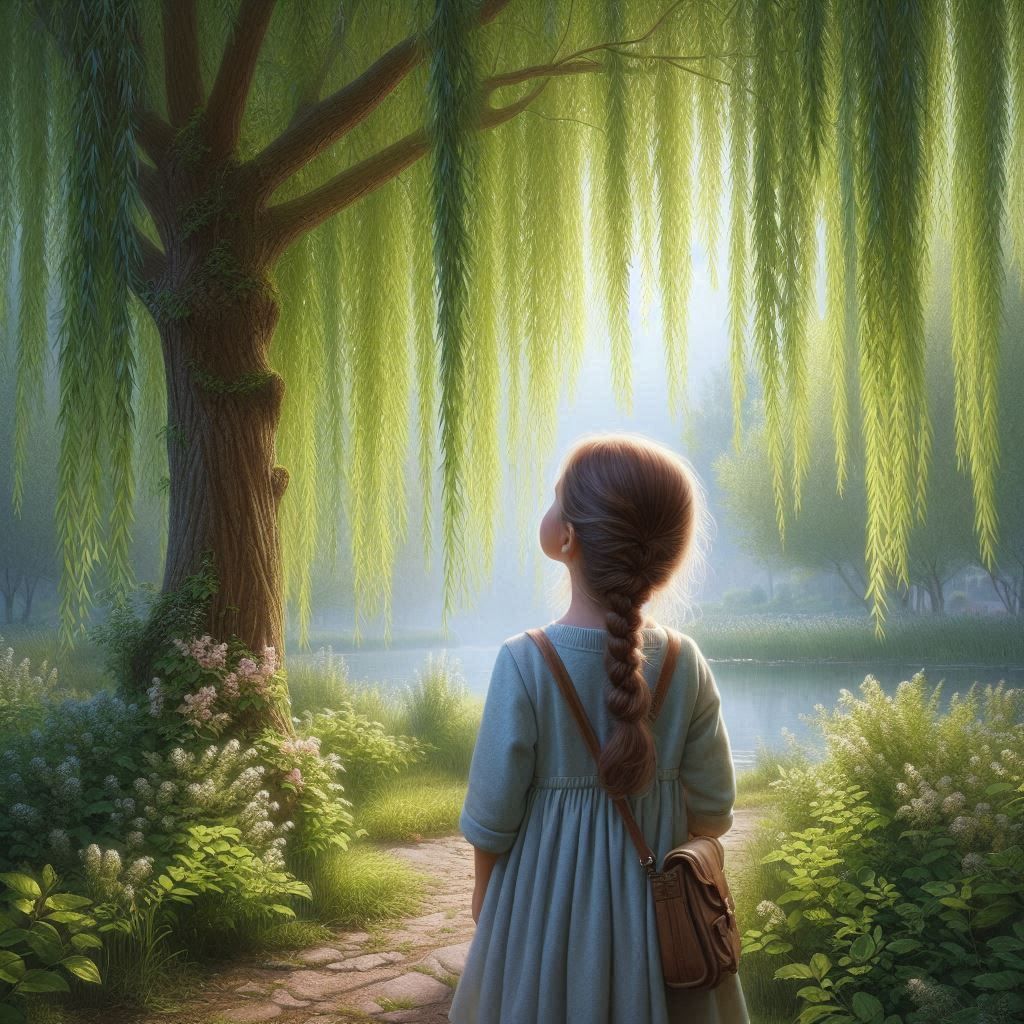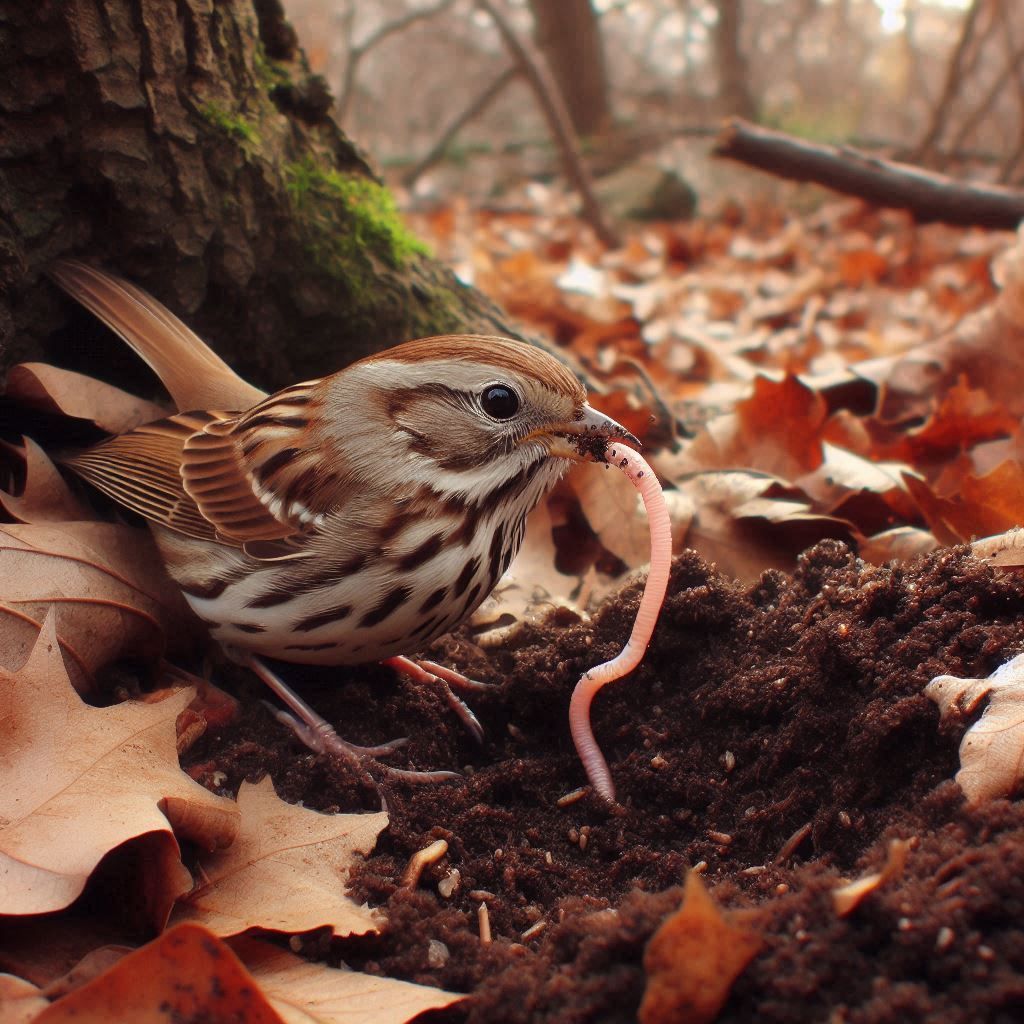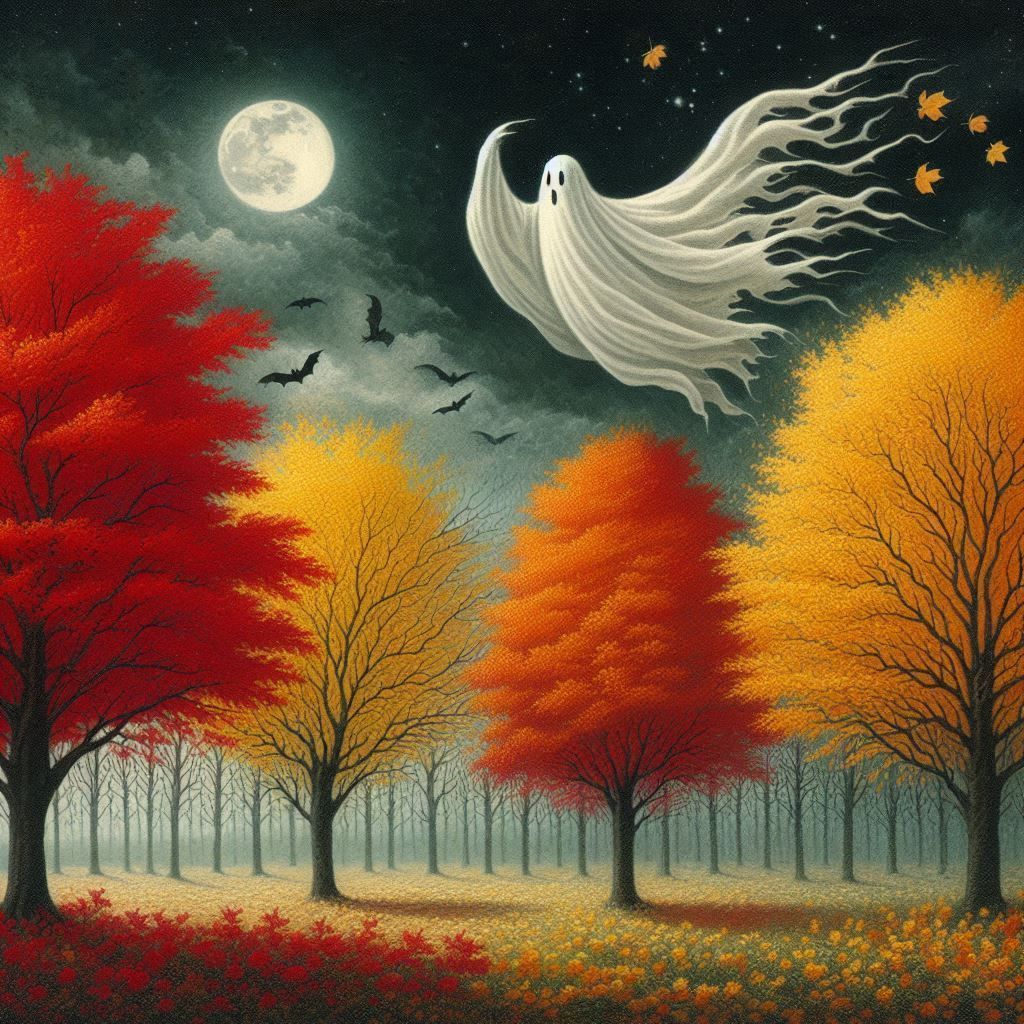Ember Walks With a Broken Ankle
I broke my ankle this past March. It was night, sleeting, and I was walking on the dirt and gravel road that runs through Lightfall Hollow. My little dog, Ember, was my only companion.
I have no memory of the fall. My best guess is that I slipped on the sleet’s ice pellets. Nor do I have a memory of tumbling past the road’s shoulder and down the hillside. All I remember is one second I was walking on the road, and in what seemed like the next second, I was lying on the ground twenty-five feet down a hillside. I know it was twenty-five feet because Ember was on a twenty-five-foot leash, and when I became aware I had fallen, she was still on the road, while the leash between us was stretched to its full length.
When I discovered I could not walk, I dragged myself up to the road by pulling on the underbrush growing on the hillside. Once I got to the road and realized I still could not walk, I scooted on my bottom the half-mile home with Ember by my side, nuzzling me on. When I finally made it to my cabin’s driveway, I was soaked to the bone from both sleet and sweat. My cat, Pia, must have noticed my discomfort because she came and sat in my freezing, perspired, totally sodden lap. Perhaps she is not entirely the pain I call her.
Eventually, my husband joined in on the family rescue and helped me crawl into the cabin and bed.
I often walk after dark without human company or even a cell phone. No matter what the weather, I am drawn to the night, and I prefer to experience its mystery in uninterrupted contemplation. I am drawn to the night because, as Louis Armstrong sang in “What a Wonderful World,” the night is sacred.
What is sacred inspires awe – wonder on a higher spiritual level – and the complex emotion of awe contains an element of fear. So, naturally, I am always at least a bit uneasy when I walk at night. But the awe that integrates my severed, small self into the ineffable whole makes my jitters worth it.
I remember the first night I was afraid while walking in the dark. I was fifteen. I was on the hollow’s road that time too, but I was not without human company. I was with my boyfriend. We were holding hands. I was hoping for a kiss. It would not have been my first kiss, but it would have been my first kiss where I did the Hollywood style “foot pop” I had been practicing all week.
A foot pop is when a kisser, traditionally a female, lifts and holds backwards with a bent knee the foot and calf of one leg during a kiss. At fifteen, the foot pop was my idea of the ultimate in sophisticated passion. Now, however, it mostly reminds me of the only way you can stand, generally with the help of crutches or a walker, when you have a broken ankle.
Anyhow, the evening I was all set to do my very first movie star foot pop was a beautiful, crisp, moonlit autumn night. The moon cast shadows on the road, its shoulders, and in the woods on either side. The shadows were in curious shapes, and the wind made them shudder. Despite the romance of the moment, I was on edge.
Then I became truly frightened. Because one of those shadows leapt up from the ground and lunged at me, screaming like an angry, malevolent ghost that had broken out of its interment, still shrouded in the deep dark of the grave.
Well, as it turned out, it was only a man, a guest staying overnight at my family’s cabin. He had decided it would be fun to try to scare my boyfriend and me.
I never looked at my boyfriend during the prank, and we never discussed it afterward, so I have no idea if he was frightened or not. I know he did not break into tears and shake like a leaf the way I did. It is possible fear froze him. It is also possible he was not at all afraid and did not so much as flinch. I just don’t know.
All I know for sure is that I sobbed and shook like a leaf, even after we returned to the cabin and its light.
If the man who was the cause of my fear was embarrassed or sorry, he never said so. Instead, his words of what he perhaps thought qualified as assurance were that I had nothing to be embarrassed or ashamed about, that my fear proved me “feminine,” and that it was “attractive.”
Uh huh.
Even to the unworldly teenager I was back then, his words struck me as untrue. Not to mention bizarre.
Sometimes I wonder if those erroneous, weird words is what got me walking at night. If so, I suppose I should be grateful to the mere man who got me started on the road to divine awe.
In any case, I have made it my practice to walk at night ever since. Despite not being brave. Bravery is not mine because bravery belongs to those who endure uncurable pain. It belongs to people who struggle to escape intolerable conditions. It is the possession of those who fight oppression.
Bravery is not mine because I am one of the lucky ones who has never had to make the choice to be brave. I do not know if I have what it takes to make that choice. I do know I would be very afraid. Especially since something as minor as a broken ankle has frightened me. During these months of recovery, I have feared my broken ankle might keep me from being the same old me. And, wow, was I ever right! Thank heavens.
Because, once again, fear has led me to wonder. Well, fear and a little dog named Ember.
Ember is a Shiba Inu. According to a 2012 study by National Geographic, the Shiba Inu is the breed of dog genetically most closely related to the Asian Gray Wolf. I believe it, and although Em is a relatively small dog and an altogether sweetie pie, I sometimes think of her as my dire wolf.
Now extinct, dire wolves were exceptionally large canines that lived 125,000 – 9,500 years ago as one of Earth’s top predators at that time. Which is really saying something since the last millenniums of the Pleistocene Epoch (aka Great Ice Age) were also the years of saber-tooth tigers and when other hyper predators, like bears, lions, and hyenas, were one-third to twice the size of their modern-day relatives.
So it is no wonder Em is a superior hunter. Although her prey is primarily mice and moles.
She is also the only dog I have ever had that cannot be trusted off the leash. Apparently, Em, who is a chubby, spoiled, helpless big baby, still hears the call of the wild and will run to answer it if not leashed.
It irritates me that I must keep Ember on a leash for every single one of our walks. Even when we are deep in the woods, and the leash is getting tangled in briars, wrapped around trees, and caught up on roots, rocks, and fallen branches, I dare not unclip it.
Even more annoying is how slow our walks are. This is because Ember consistently stops and gives much of what I would heedlessly walk quickly past her closest, unhurried attention. Something I have found quite aggravating.
But not so much so since I broke my ankle. Having to take more time for a walk has given me the opportunity to wander and wonder more like Em. It amazes me how much I have been missing. Even the hollow’s road, which I have frequently walked for close to seventy years and have long figured held no further surprises, is now an uncharted territory of countless new wonders.
Of course, I worry about getting physically out of shape as I walk my new walk, and I do have to work on meeting that challenge, but I would bet my life that taking every opportunity to exercise the soul is even more crucial for good health. At least that is what a broken ankle and a little dog named Ember have led me to believe.
So when people ask me these days how my ankle is doing, I always give the same correct answer. “Wonderfully,” I say, “Wonderfully.”
And now I am going to take a slow walk in sublime dark on an old road ever anew with wonder and maybe even go so far as to get awed.

Credit: Bing Image Generator




All Rights Reserved | Susan C. Ramirez





